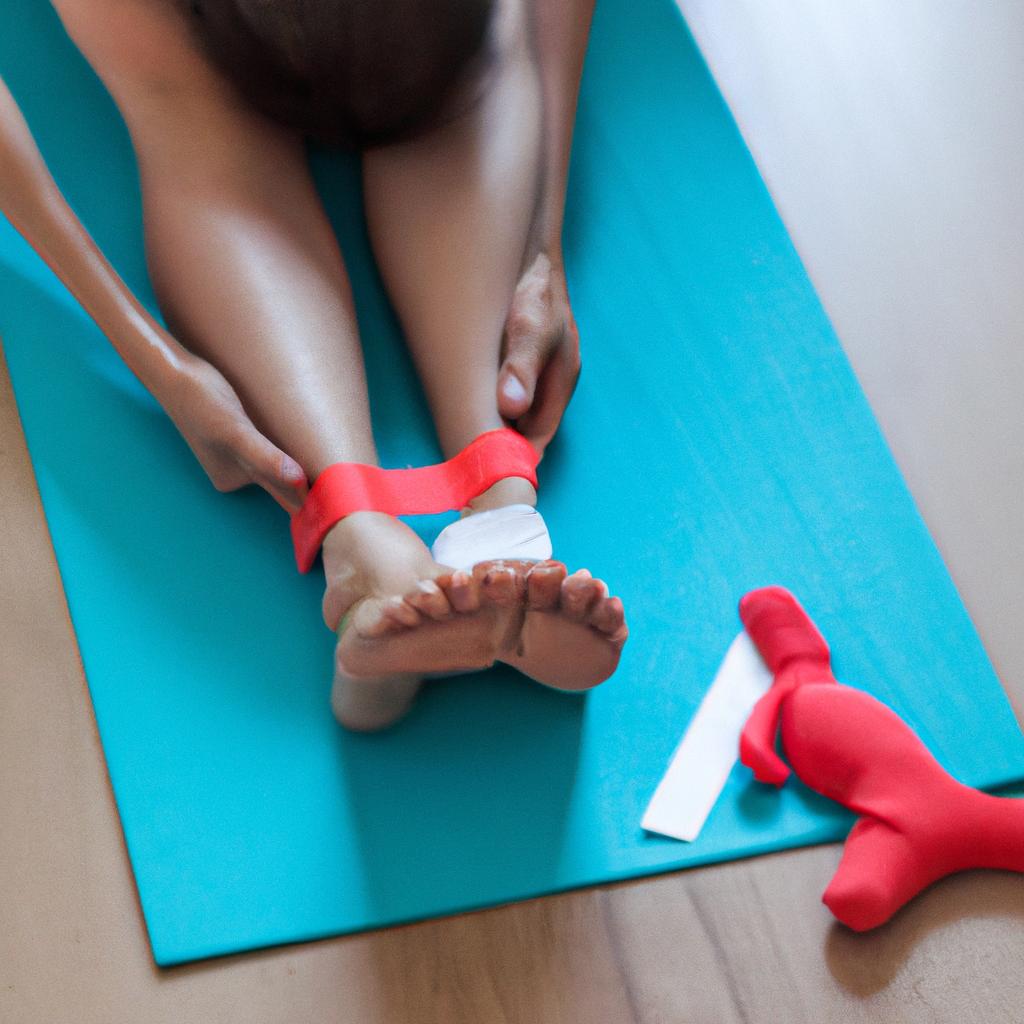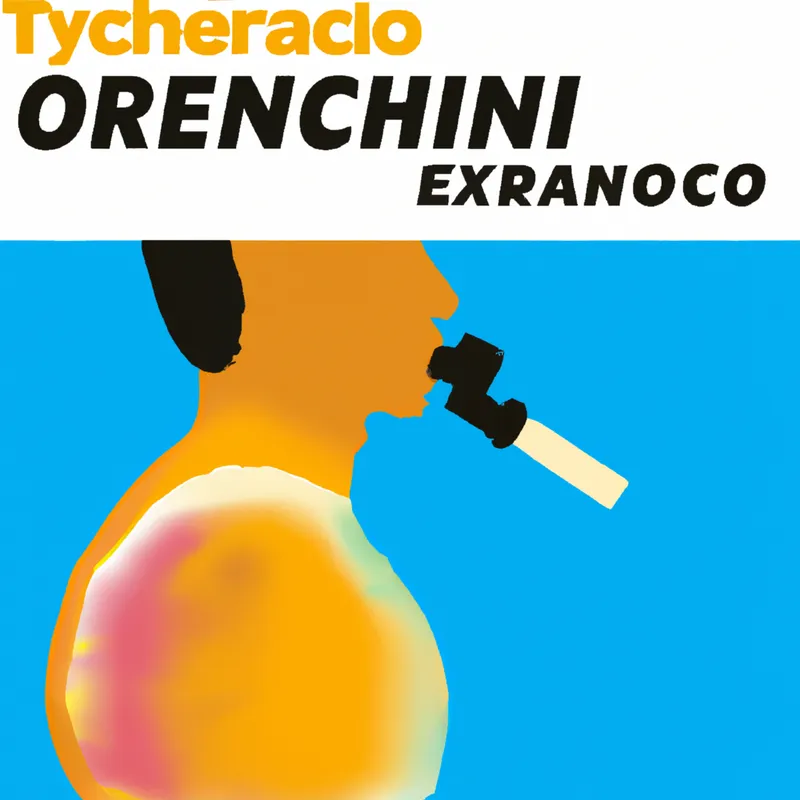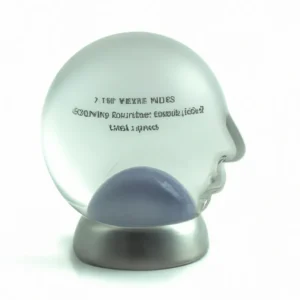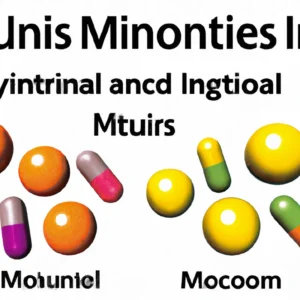**”The Importance of Pelvic Floor Rehabilitation After Childbirth: Techniques and Exercises for Postnatal Recovery”**
# The Importance of Pelvic Floor Rehabilitation After Childbirth: Techniques and Exercises for Postnatal Recovery
Childbirth is a remarkable journey that brings immense joy but can also leave lasting physical changes, particularly in the pelvic floor. The pelvic floor comprises a network of muscles and connective tissues that support the bladder, uterus, and bowel. During pregnancy and childbirth, these structures can become weakened or injured, leading to issues like incontinence and pelvic pain. Therefore, pelvic floor rehabilitation is essential for postnatal recovery. This blog post explores the significance of pelvic floor rehabilitation, offers techniques and exercises, and discusses nutrition tips and health benefits to support new mothers in their recovery journey.
## Understanding the Pelvic Floor
### What is the Pelvic Floor?
The pelvic floor is a group of muscles located at the base of the pelvis. It plays a crucial role in supporting pelvic organs and maintaining bladder and bowel control. During pregnancy, hormonal changes and the physical stress of carrying a baby can weaken this area, making rehabilitation necessary after delivery.
### Common Issues After Childbirth
After childbirth, many women experience issues such as urinary incontinence, pelvic pain, and reduced sexual function. These conditions can significantly affect a woman’s quality of life and may lead to emotional distress. Addressing these issues through pelvic floor rehabilitation is vital for both physical and mental well-being.
## Nutrition Tips for Postnatal Recovery
Proper nutrition plays a pivotal role in recovery after childbirth. A well-balanced diet can help restore energy levels, repair tissues, and support overall health.
### Focus on Whole Foods
Incorporate whole foods like fruits, vegetables, whole grains, lean proteins, and healthy fats into your diet. These foods provide essential vitamins and minerals that aid in healing and recovery.
### Stay Hydrated
Drinking plenty of water is crucial for maintaining optimal bodily functions. Staying hydrated can also help prevent constipation, which is particularly important during the postnatal period.
### Consider a Fiber-Rich Diet
A fiber-rich diet can help ease bowel movements and prevent straining, which can put additional pressure on the pelvic floor. Include foods like beans, lentils, whole grains, and plenty of fresh fruits and vegetables.
### Include Calcium and Vitamin D
Calcium and vitamin D are essential for bone health, especially for new mothers. Incorporate dairy products, leafy greens, and fortified foods to ensure adequate intake.
## Exercise Advice for Pelvic Floor Rehabilitation
Exercise is a vital component of pelvic floor rehabilitation. However, it is essential to approach postnatal exercise with care.
### Start with Gentle Movements
Begin with gentle movements to reconnect with your body. Pelvic tilts, deep breathing, and gentle stretches can help ease tension and promote mobility.
### Kegel Exercises
Kegel exercises are specifically designed to strengthen the pelvic floor muscles. To perform a Kegel, tighten the muscles you would use to stop urination, hold for a few seconds, and then relax. Aim for three sets of 10 repetitions each day.
### Core Strengthening
Strengthening the core is also crucial in supporting the pelvic floor. Incorporate exercises such as bridges, bird dogs, and modified planks that engage the abdominal muscles without putting undue pressure on the pelvic area.
### Consult a Professional
Before starting any exercise regimen, it’s essential to consult a healthcare provider or a physical therapist specializing in pelvic floor rehabilitation. They can guide you on appropriate exercises tailored to your needs and recovery stage.
## Health Benefits of Pelvic Floor Rehabilitation
Engaging in pelvic floor rehabilitation provides numerous health benefits that extend beyond physical recovery.
### Improved Bladder and Bowel Control
By strengthening the pelvic floor, women can regain control over bladder and bowel function, reducing the risk of incontinence and other related issues.
### Enhanced Sexual Function
Rehabilitating the pelvic floor can also improve sexual health. By restoring muscle tone and function, women often experience enhanced sensation and satisfaction during intimacy.
### Better Posture and Core Stability
Strengthening the pelvic floor contributes to overall core stability and improved posture, which can alleviate back pain and other discomforts associated with motherhood.
### Emotional Well-being
Finally, addressing physical challenges through rehabilitation can positively impact mental health. Feeling stronger and more in control can boost confidence and reduce postpartum anxiety and depression.
## Conclusion
Pelvic floor rehabilitation after childbirth is crucial for restoring physical health and enhancing overall well-being. By focusing on nutrition, engaging in appropriate exercises, and recognizing the myriad health benefits, new mothers can effectively navigate their postnatal recovery journey. Prioritizing pelvic floor health not only aids in regaining bodily function but also empowers women to embrace motherhood with confidence and vitality.















Post Comment